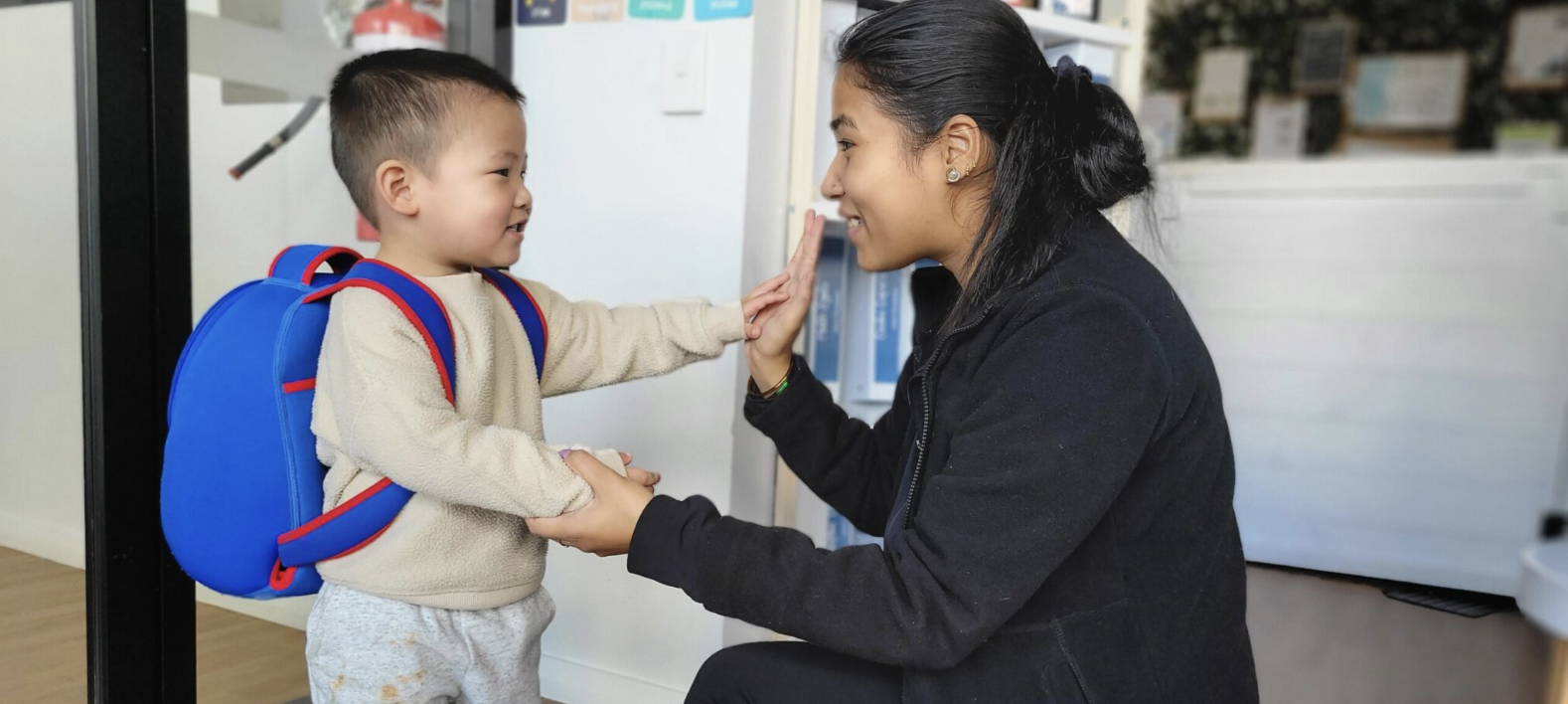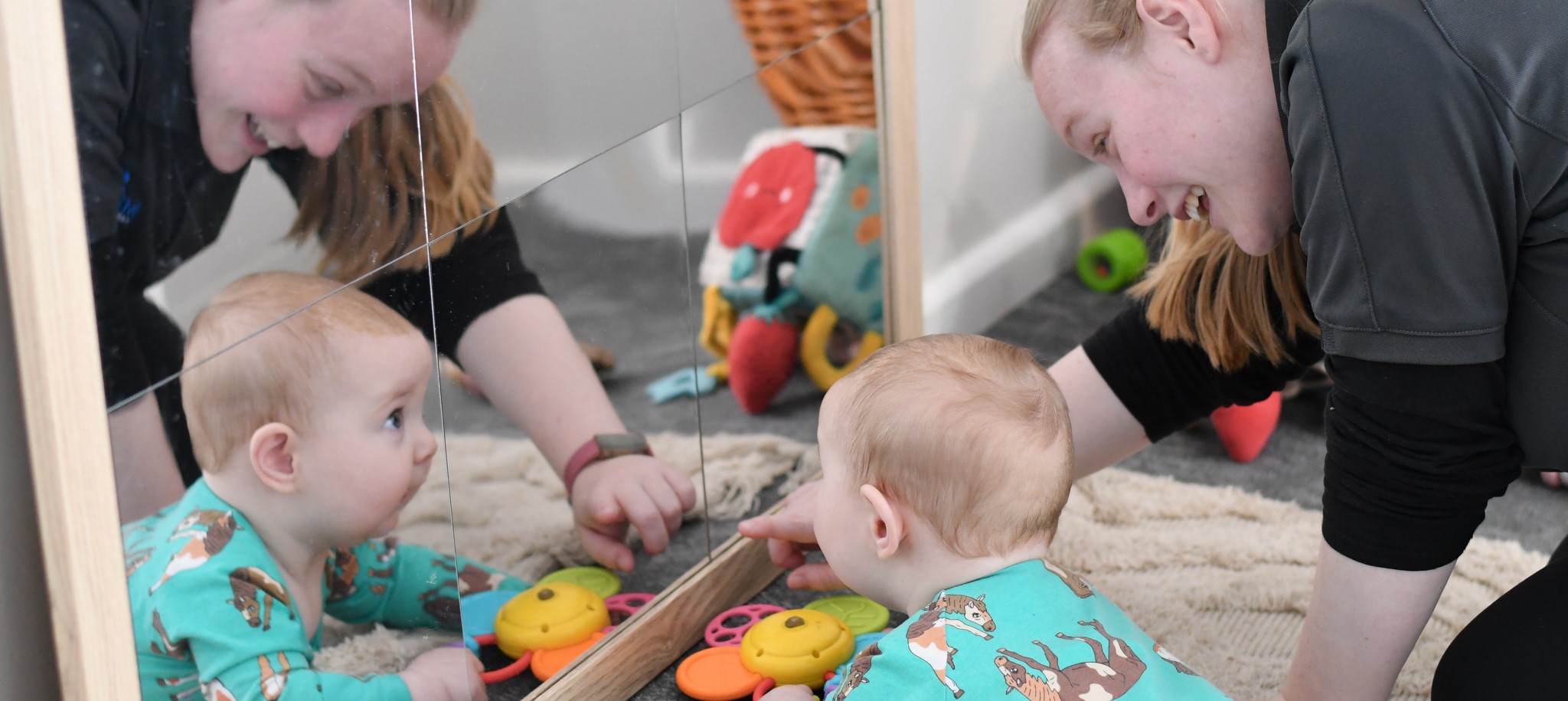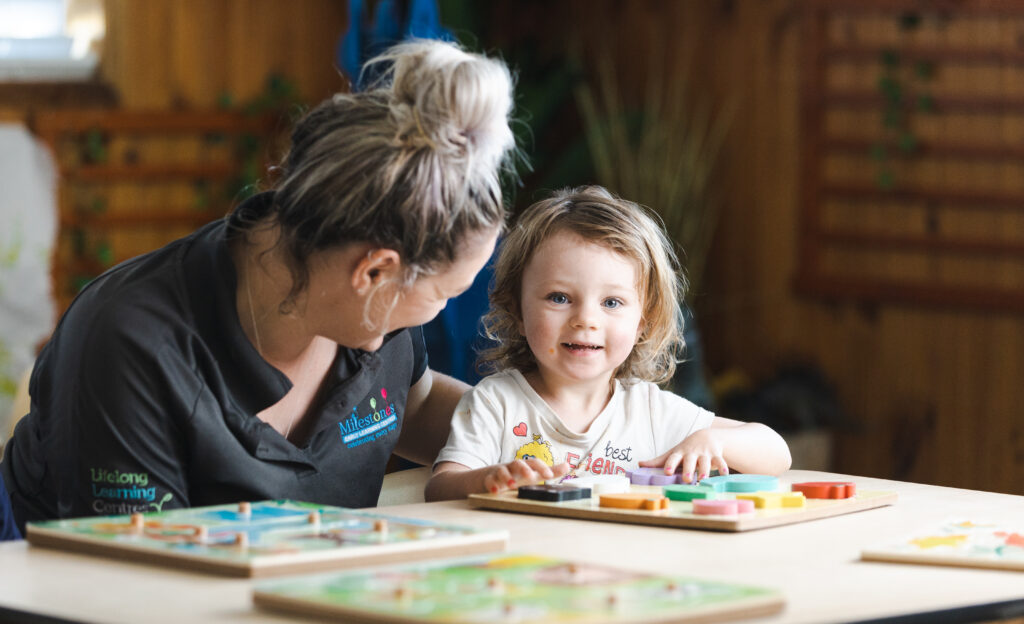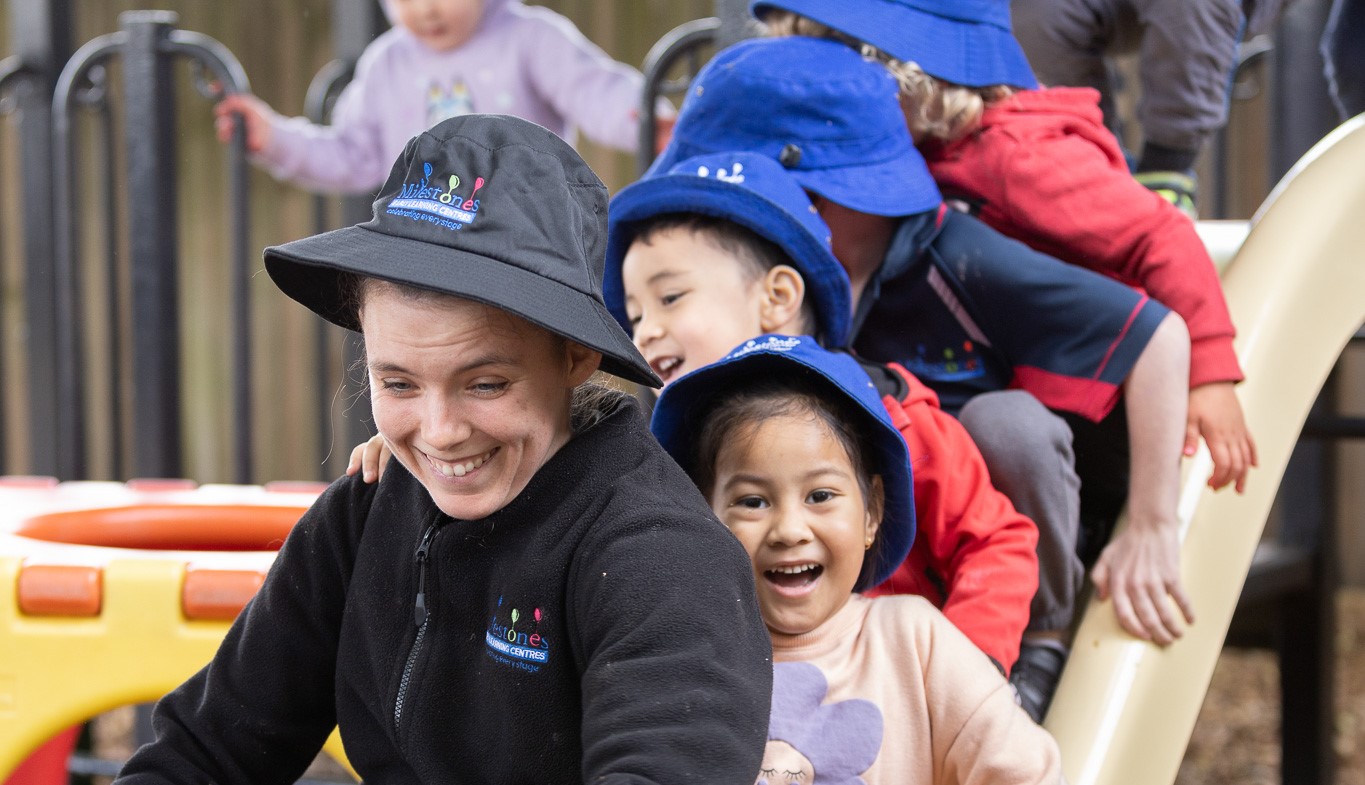
Happy New Year! The holiday season is over, and it's time to return to our daily routines. It's incredible to see how quickly our children are growing up. This month, many families are focused on shopping for school supplies and getting their children ready for the new academic year.
For families already a part of Affinity centres, you may be familiar with our transition process when your child moves to a new classroom after achieving their developmental milestones. As these transitions can be challenging for some children, Affinity has developed a process that ensures your child transitions smoothly into their next classroom.
Why are these transitions hard for some children?
Entering into a new environment can be an overwhelming experience for children, especially when they are surrounded by unfamiliar faces. Children can feel unsure of their safety and lack the comfort of an established safe space. They have yet to form trusting relationships with educators, and may feel uncertain as to why they have been brought to this new environment. These factors can create feelings of disorientation and uncertainty.
What happens when children don't feel supported?
- Insecurity grows from day to day (growing fear)
- They don't feel heard and begin to show big behaviours
- Their fear of new environments grows, which then affects transitions to other environments

How do Early Experience Educators support children during transitions?
- We understand that each child is unique and will need customised support when settling into a new environment.
- Our educators spend time getting to know each child and their family.
- Ensure that children's emotional well-being is a top priority.
- Our rooms are set up with exciting activities for children to explore; we also plan intentional experiences for educators to facilitate conversation and build relationships through play.
- We utilise unhurried 'care moments' (i.e., meal and rest times) to connect with each child.

Quick tips for parents to help with transitions
- Share photos of teachers or friends in the new room and regularly include them in discussions.
- Develop a shared ritual with your child before heading to school – a 7-minute workout, walking around the neighbourhood, cycling to school, drawing together, etc.
- Prepare a photo of your family or the person your child loves the most for them to take to school.
- Involve your child in decision-making on a lunch box, attire, packing, bags, etc. Start prepping your child emotionally three days before.
- Create a routine first, and then create a visual poster for your child to have visual guide for each step in their routine.
Centres near you
Find a centre near you

Healthy Beginnings
Babies aged 0-1 years
Your baby will start their lifelong learning journey in a safe, nurturing environment. Educators will:
- Develop strong, positive bonds;
- Encourage confidence to explore new surroundings;
- Spark curiosity through sensory experiences; and
- Establish helpful routines that support health and wellbeing.

Early Experiences
Toddlers aged 1-3 years
Your toddler will enjoy an exciting environment in which to explore and experiment as their confidence and social skills emerge. Educators will:
- Introduce literacy and numeracy through learning games;
- Support self expression through language skills; and
- Develop social and friendship skills in group settings.

School Readiness
Children aged 3-5 years
Your child will be given the very best start before they begin Primary School where they will delve into enquiry based project work, and literacy and numeracy programs. Educators will:
- Guide self-awareness, self-help skills and socialisation;
- Investigate literacy, mathematics, science, technology and the arts;
- Stimulate creativity, deeper thinking and problem solving; and
- Prepare children for classroom environments through play-based preschool and kindergarten programs.


